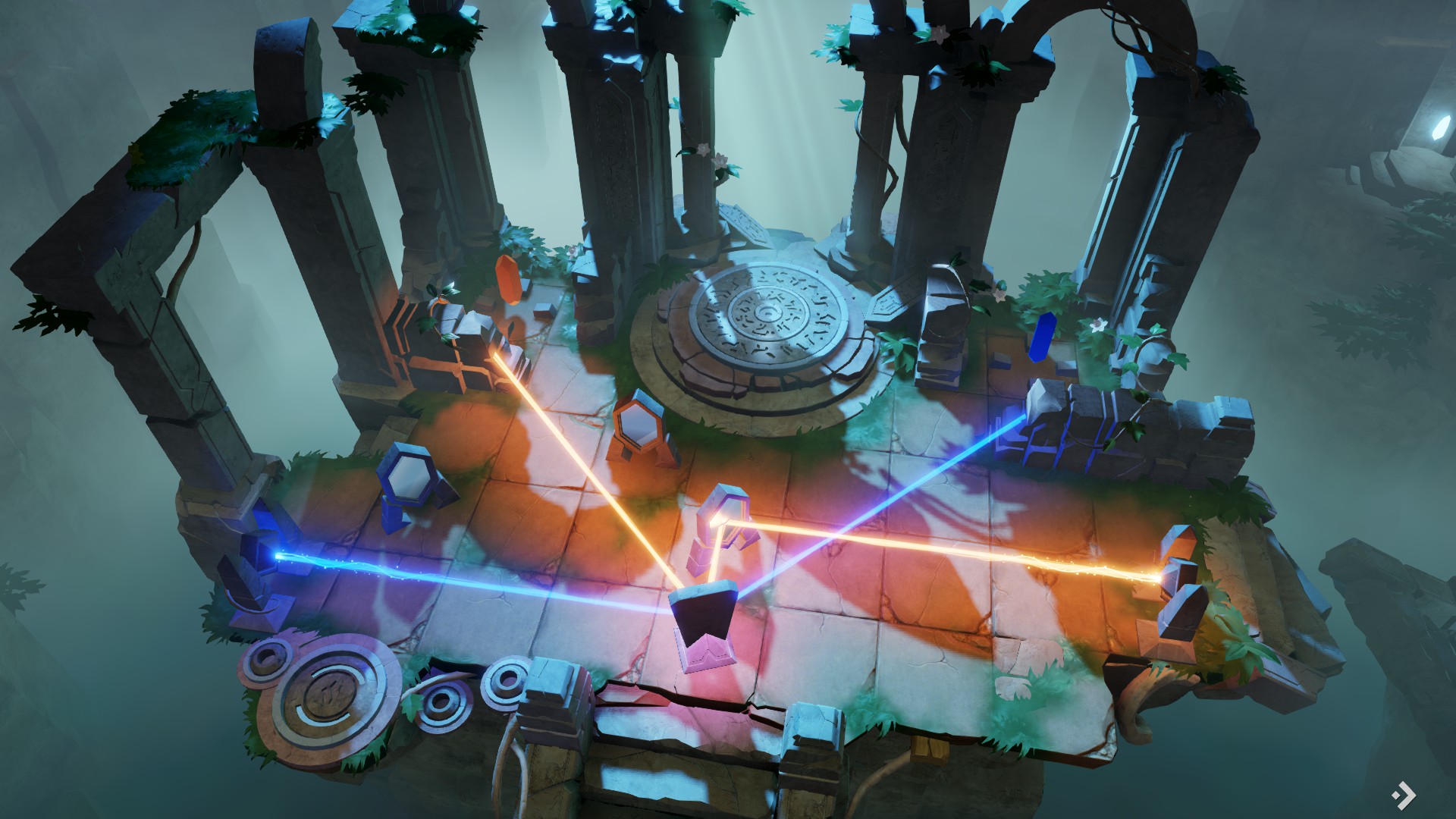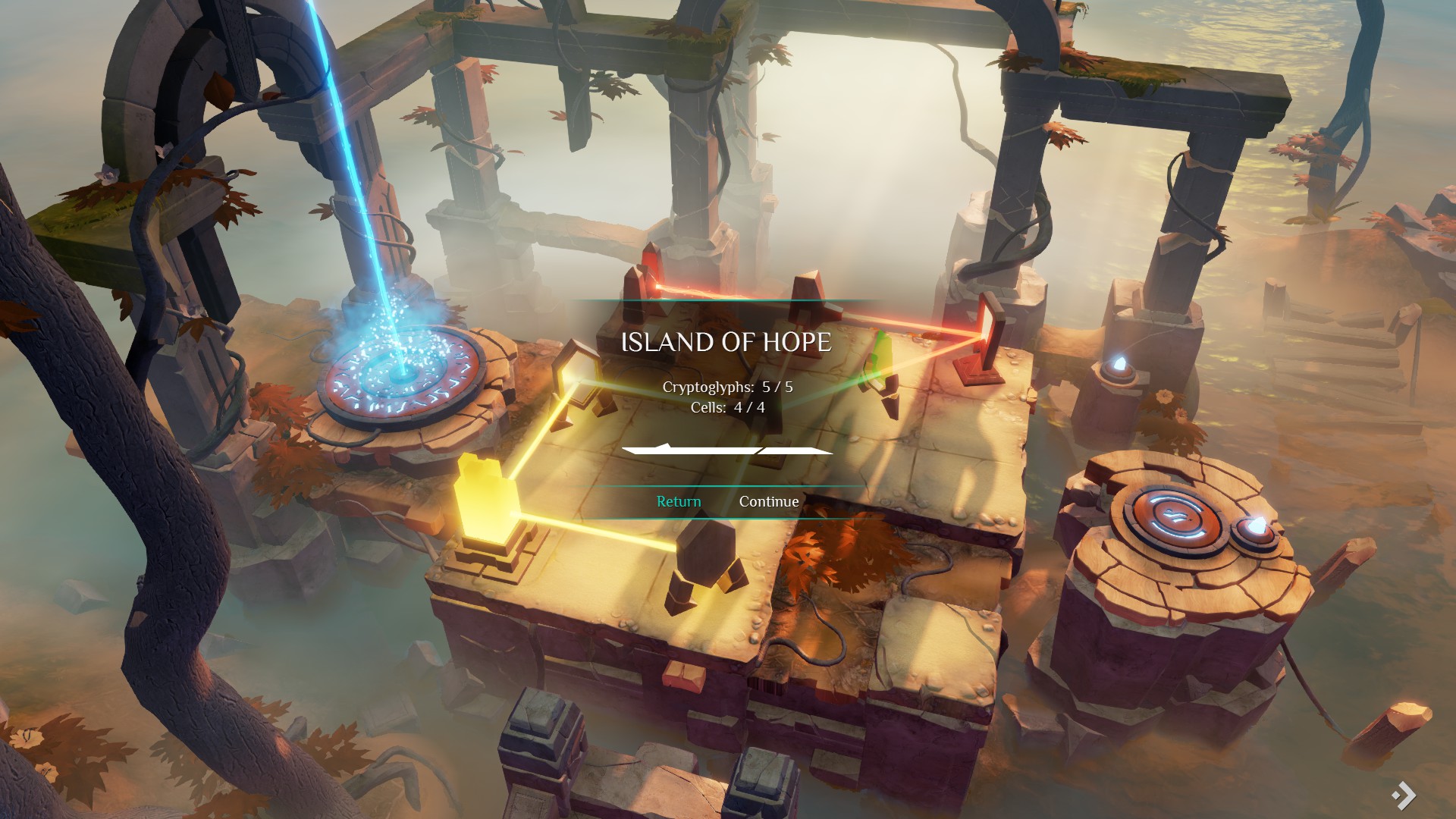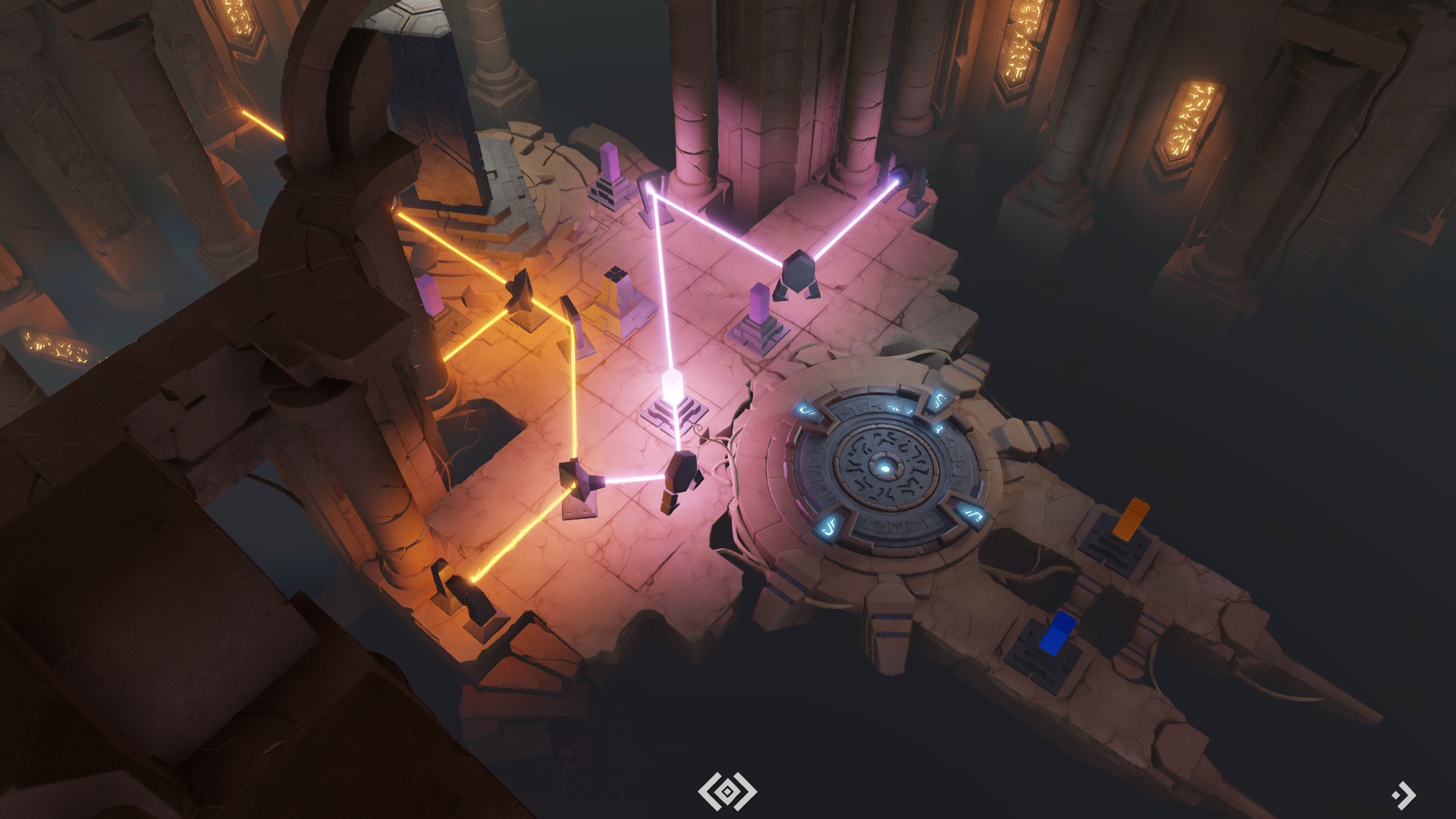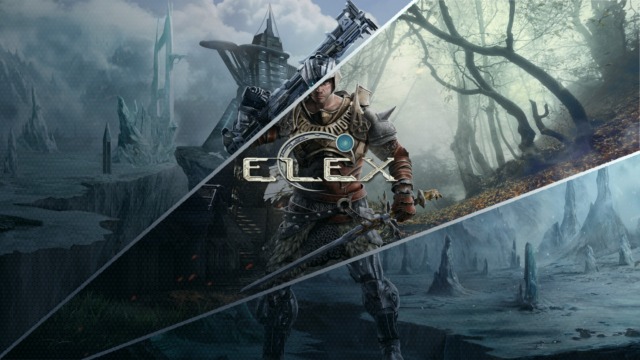Archaica: The Path of Light Review
The rare puzzle will reach the average gamer on Steam. The main reason for this, however, is not due to bias in local recommendations or poor taste of buyers, but rather because ten thousand clones of “Tetris” and Candy Crush Saga truly do not deserve special attention. Finding something even partially original is not common.
Off the top of my head, I only remembered the Portal duology. Several hours of contemplation and a later Google search suggested that there was also something called “…” in 2016. The Witness Further with the search for examples, things got really bad. Archaica: The Path of Light is exactly the kind of rare puzzle game.
We have a set of puzzles here, based on non-trivial mechanics for the genre and requiring the gamer to engage in real brainstorms. In this particular case, we will juggle with different colored light beams.
There was once a civilization called Archaica. Here and now, we can definitely say two things about them: on one hand, these vanished guys loved ancient architecture, and on the other hand, they knew a thing or two about lasers. Among the ancient half-ruined colonnades, we will have our fun.

The task is simple – to bring the scattered color music back to order and harmony among the ruins. Each level has a lock that can only be opened by a directed beam of a certain color laser. Naturally, the laser won’t shine in the right direction right away. As an option, it may even be the wrong color at the start. Fortunately, there will be mirrors, lenses, and various clever mechanisms in place to help us triumph over the devilish design.
Throughout the play, various generators of short beams, prisms, special light receivers, and a bunch of other stuff come into play. It is, of course, more visually appealing in real life. However, the main thing in the mechanics of Archaica is not how many switches need to be dragged from one cell to another, but that you really have to rack your brains over the puzzles.
Not immediately, of course. The first couple of dozen levels make you feel like a genius. It seems that no task can slow you down for more than two minutes, and the entire set of puzzles prepared by the developers will be crushed in a hundred minutes at most.
And then they come. Real challenges. For me, the first real challenge was, it seems, the last map of the second “series” of local levels. I spent a solid (without exaggeration) hour spinning cubes on cells, trying to figure out where the beam of light should split into two and from which mirror exactly the chain of reflections should start. Nothing fit. In the end, I gave up and decided to use one of the hints (three are given for each level). The game took pity on me and showed me where to place the first reflecting beam mirror. Quickly solving the problem, I realized that on my own, I would probably have been banging my head against the wall for another week. And still, it’s not certain that I would have figured out what to do.
But despite the fact that a whole 60 minutes passed in agony, grinding teeth, and hatred towards the beam that refused to reflect in the right direction, solving the puzzle was interesting all the way.

It’s incredibly unfortunate that after such a moral defeat of the “perfect” completion of Archaica, it’s no longer possible in principle. It’s not like a boss that you first defeated with cheats out of cowardice and then honestly overcame with bare teeth. The solutions to the puzzles are still remembered, at least in general terms. But that’s the nature of such games, there’s no escaping it.
Moreover, there was no need to mourn for too long over the unbeaten level. All subsequent tasks, although they didn’t take an hour each, still made you think just as hard.
The only thing I want to complain about in Archaica is, um, the closed nature of all the puzzles. If there are five mirrors, two lenses, and three short beam generators on the map, it means that the puzzle is solved with exactly five mirrors, two lenses, and three short beam generators. There is always only one solution, and you always have to use all the scattered toys in the location.
Let me try to explain the essence of my complaint. Earlier, I drew a parallel between Archaica and Portal; perhaps it would be useful to compare the games again.
To the credit of our new game, the local levels can be compared to the locations from Valve’s classics. It’s clear that squares with chessboards and a top-down view are not the same as test chambers and entire industrial complexes with a first-person view. The levels in both games are similar in their visual clarity. In Portal, there are, um, portals, and you immediately see how they work and what result your actions lead to. Archaica managed to reproduce this ingenious intuitiveness using lasers.
What the developers of Two Mammoths studio couldn’t replicate is the variability of completing Portal. Yes, usually the levels of the latter were overcome through strict sequential actions, but sometimes players had to cut corners here and there, do without certain seemingly mandatory items, and pass the locations “dirty,” taking unnecessary machine gun fire with their bodies. Sometimes, you know, you still want to remove one cube from the mosaic. Or, on the contrary, have more toys at your disposal than necessary for completion.
However, when a small indie game is seriously compared to one of the greatest hits of all video games, that’s already an indicator, isn’t it?

Archaica: The Path of Light – a complex but captivating thing. Fans of truly challenging logic puzzles, do not pass by under any circumstances.
Share
Discuss
More Reviews





